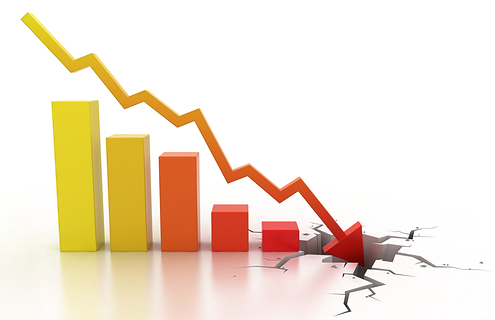Reinsurers could face a profit squeeze if the catastrophes return to normal, according to S&P Global.
The reinsurance sector’s strong capital position in aggregate makes it more resilient to extreme events, but margin compression could expose the reinsurance sector to higher earning and capital volatility.
S&P revealed that of the 21 global reinsurers under review, 15 are likely to maintain a capital adequacy of at least ‘BBB’ following a one-in-250 year aggregate loss from natural disasters.
Meanwhile, demand from cedents for cover against high-probability exposure has dropped and most reinsurers have taken defensive actions, retroceding more of the high-frequency risk.
Technical profitability is decreasing at such a level that reinsurers are now twice as likely to fail to break even in calendar year as they were in 2012, due to their exposure to catastrophe risk.
S&P said: “In our view, if reinsurers faced a series of midsize catastrophe events, resulting in a slightly above average catastrophe year, the sector could move into unprofitable underwriting territories.”
“The big winners would be those that have taken action earlier to improve their profitability outside the catastrophe space and reduce their exposure to the sort of high-frequency, high-probability events that recur every 10 years or so.”
“If pricing continues to deteriorate across all lines and loss experiences revert to a more normal level, players that have mainly addressed the risk from a solvency perspective and are overexposing their earnings could see their competitive position deteriorate.”




.jpg)

